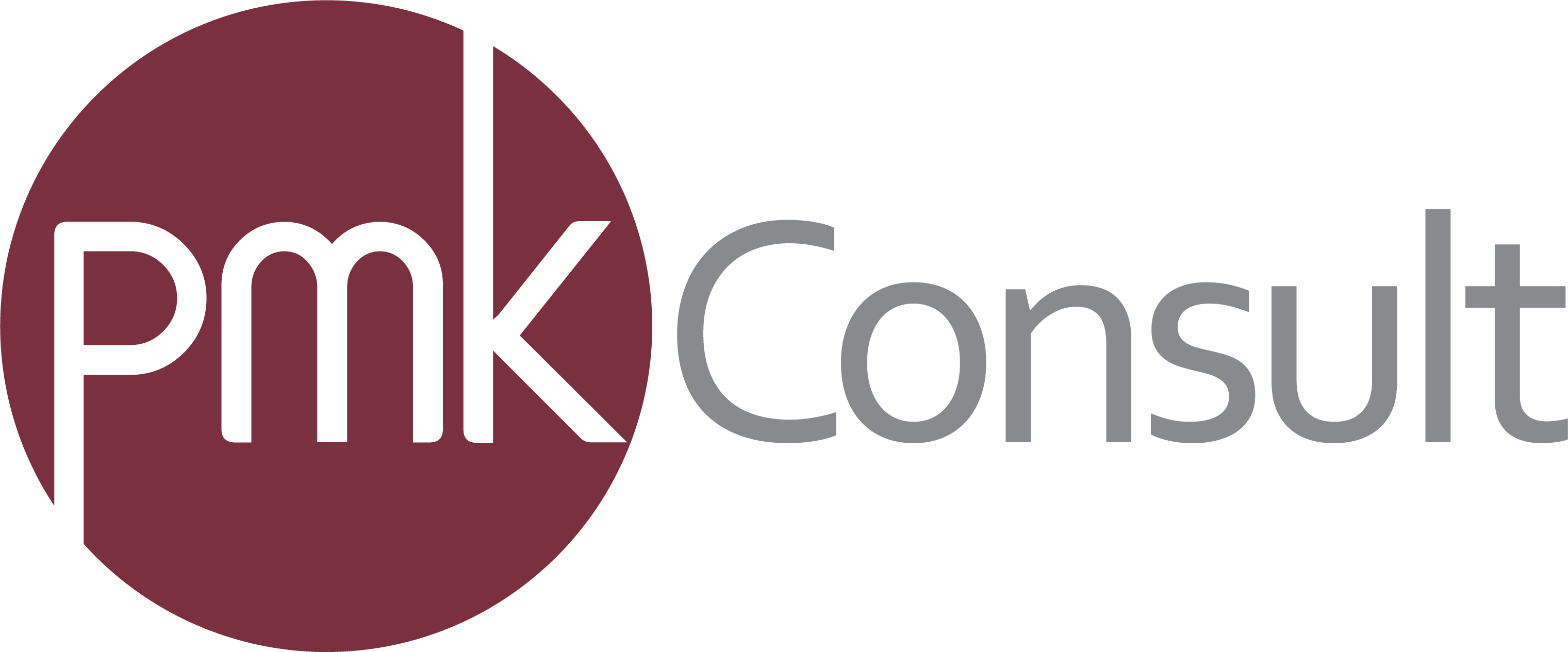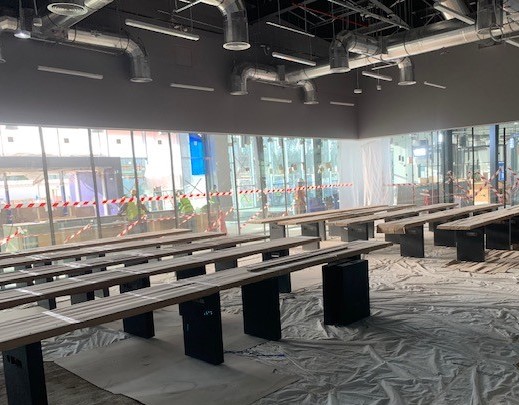Insights by Joshua Smith, Project Manager (FM Specialist)
When we think about profitability in properties, we normally focus our attention on technology and its ability to monitor the building at several different layers such as temperature, energy usage, leaks, etc., but what is often a neglected consideration is the cost savings that can be realized if the facilities management element is factored into the property’s plan from the design and build stage.
As the name implies, facilities management is often regarded as a service delivery aspect. Before that, property owners think about it in terms of MEP requirements that will have to be managed later, and this is also still a far cry from the maintenance needs of the facility once it is operational.
If you have ever been involved in a commercial fit out project where it was deemed necessary to retro-fit an access panel into a newly finished ceiling because the cost implications of not doing so is worse than the unsightliness of the access panel in your brand new ceiling, you’ve understood a part of the point already. Possibly worse is when the access panel can only be placed in a locale that is difficult to access because the planning of the MEP fixtures and their ‘reachability’ didn’t happen early enough in the construction process.
This, and many other blunders, many of which are realized once the property begins to experience its intended purpose and footfall, makes designing for maintenance an extremely relevant part of the process. Doing so may require a slightly larger capital expenditure in the design and build process, but the operational cost savings will be yours to rake in for the life span of that building and give you a cost competitive edge for any future tenants.
A Facility Management expert’s role in the design and build phase can ensure a much higher degree of efficiency in the building’s operation, which will create a better value for money in the long run. The facilities manager’s concern at the design stage will be the delivery of an efficient facility that is cost effective and will respond to their subsequent roles in the facility on a day to day basis.
From reducing maintenance costs, the need for major repairs and design alterations in the operational phase there are many components to facilities management that you can benefit from starting with these insights:
Quality & Type of Material for the Building – One of the best examples is the flooring. A high footfall area will do better with an easy to clean, durable floor, among other qualities. This same rationale can be applied for walls, ceiling, desks, thermostats, anything! Is it truly fit for the end purpose?
Access – Many of areas have nice designs, but when it comes to accessing it to maintain and/or repair then there is no consideration in how to access which can lead to opening ceilings, lifting of floors etc. – which can be costly, time consuming and ultimately unsightly, as I’ve mentioned.
Space Management – If you engage the FM at the D&B stage, you can then work the floor plate and its requirements such as power earlier. Many spaces end up with cords running along the floor, which is not great to look at, and can be a trip hazard. The retrofit to solve this problem is costly as well.
Maintenance – This is the obvious requirement of the building and is the ultimate consideration in the design and build process where it concerns FM. A good FM would be able to advise on selection of equipment, location of installation, challenges in maintaining, cost of replacement, etc. to help you make your best informed decisions taking in all the other considerations such as the space’s use, and so on.
Compliance – As is the case in all construction projects there are authority compliance requirements to be achieved in order for the project to be handed over and operational. During the construction phase this falls under the remit of the contractor, but what may not be considered is that throughout the life of the building it will be expected to maintain its compliance through regular inspections. Dubai Municipality will conduct yearly inspections of the property to make sure it is operating to their required criteria from MEP performance, security, housekeeping, and 3rd party testing, etc. Dubai Civil Defense will conduct regular inspections to make sure all FLS systems are being maintained accordingly as well. While this falls under the remit of the FM provider, coordination at the front end between FM and the main contractor could be invaluable to make sure all compliance aspects can be easily and smoothly maintained throughout the building lifecycle. If these compliance points are not maintained, then not only is the building as risk of penalties from the authorities but then added cost of rectification to meet the criteria.
To use one example from my experience, your Fire and Life Safety Annual Maintenance Contract (FLS AMC) will conduct testing of the FLS systems every 3 months. This includes testing of the buildings fire alarms, exhausts, fire hose & extinguisher inspections etc. This particular building had its exhausts terminated on the 5th floor directly out on the pool and children’s play area and even some apartments balconies. This was one of the key selling points for this residential building but every 3 months it was showered in soot and exhaust fumes due to essential authority mandated maintenance. This inevitably led to complaints, extended cleaning time, smoke damage to the surrounding walls, and other issues. All of these issues were a cost to the project that could have avoided with FM coordination during the construction phase. The exhaust could have been routed to another area that would not impact the building and its occupants negatively.
The facilities manager ensures the effective management of the supply chain. They also encourage dialogue by indicating the benefits of partnership amongst the project team members.
In short, it’s simple. Putting in the consideration on the front end and choosing materials and equipment that suit the building’s purpose, the footfall, and access will help you save from costly retrofits and material changes or upgrades down the line. Involve the full spectrum of experts from the beginning and there is less waste, less cost, and better value for money for your property.


